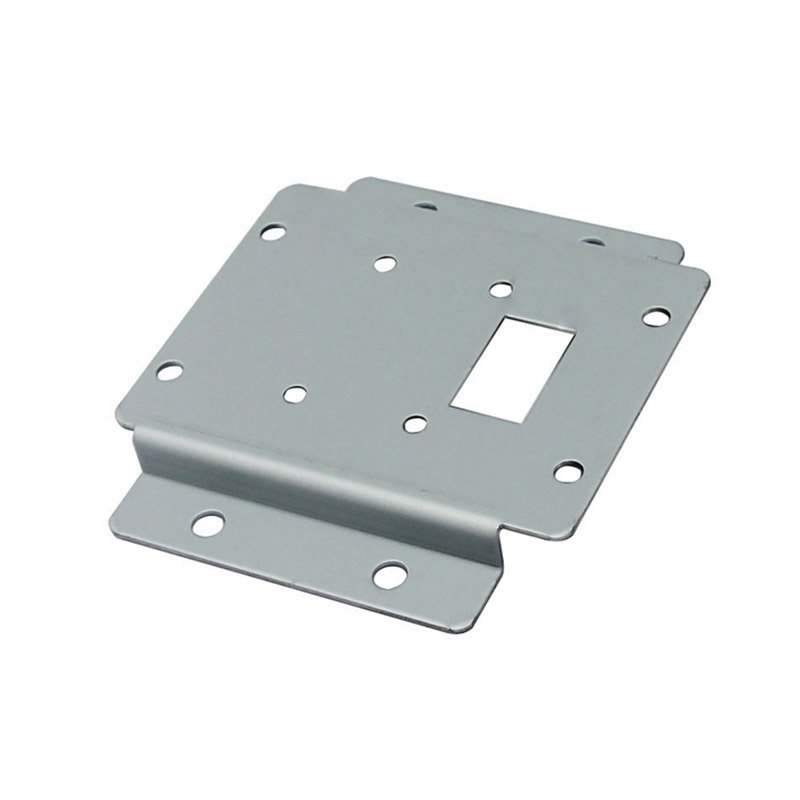We use cookies on our website to give you the most relevant experience by remembering your preferences and repeat visits. By clicking “Accept”, you consent to the use of ALL the cookies.

Carbon steel is a commonly used material and its surface treatment is critical to the quality and performance of the product. Sheet metal manufacturers will detail the methods, techniques, advantages and disadvantages of carbon steel surface treatment to better understand how to improve the surface quality and service life of carbon steel products.
1. Importance of surface treatment:
Carbon steel products are susceptible to oxidation, corrosion, etc. during use, so surface treatment is an essential link. High-quality surface treatment can improve the corrosion resistance, wear resistance and aesthetics of the product and extend its service life.
2. Carbon steel surface treatment methods:
Chemical treatment: including pickling, alkali washing, phosphating, etc., which can remove surface oxides, oil stains and other impurities, and improve the cleanliness and roughness of the surface.
Mechanical treatment: Such as grinding, polishing, etc., can remove surface unevenness and defects and improve surface finish and flatness.
Heat treatment: Such as quenching, tempering, etc., can change the crystal structure and properties of carbon steel and improve its hardness and strength.
Coating treatment: Such as zinc plating, nickel plating, chromium plating, etc., which can form a protective metal coating to improve the corrosion resistance of carbon steel.
Coating treatment: Such as spraying, painting, etc., can form a protective coating to improve the weather resistance and aesthetics of carbon steel.

3. Surface treatment technology:
Sandblasting: By spraying sand or abrasives at high speed to remove surface oxides and dirt, improve surface roughness and adhesion.
Electroplating: A layer of metal coating is applied to the surface of carbon steel through electrochemical methods to improve its corrosion resistance and electrical conductivity.
Spraying: The paint is sprayed on the surface of carbon steel through spraying equipment to form a protective coating to prevent oxidation and corrosion.
Anodizing: Through electrochemical reaction, an oxide film is formed on the surface of carbon steel to improve its hardness and wear resistance.
Phosphating: By immersing carbon steel in a solution containing a phosphating agent, a phosphating film is formed to improve its corrosion resistance and lubricity.
4. Advantages and disadvantages of surface treatment:
Advantages: Surface treatment can improve the corrosion resistance, wear resistance and aesthetics of carbon steel products, extend their service life, and improve the market competitiveness of the product.
Disadvantages: Surface treatment requires additional costs and equipment investment, and the processing cycle is long, which may increase manufacturing costs and production cycles.
Summarize:
Carbon steel surface treatment is a very important part, which can significantly improve the quality and performance of the product. By selecting appropriate surface treatment methods and technologies, the corrosion resistance, wear resistance and aesthetics of carbon steel products can be effectively improved, meeting the needs and requirements of different customers, and improving the market competitiveness and added value of products.

